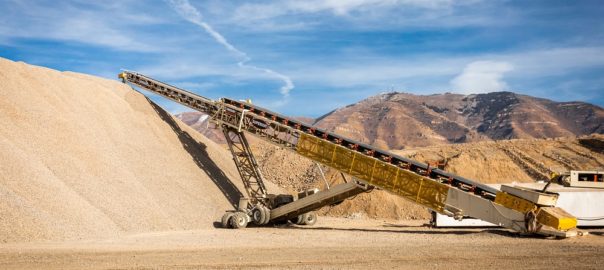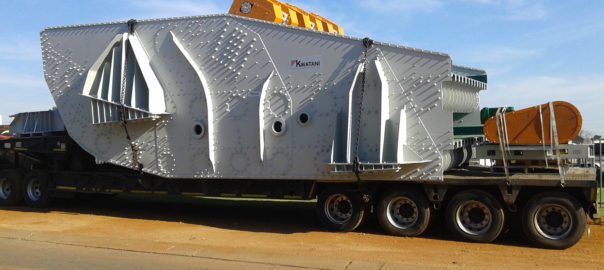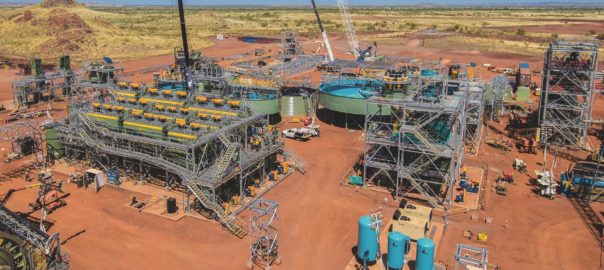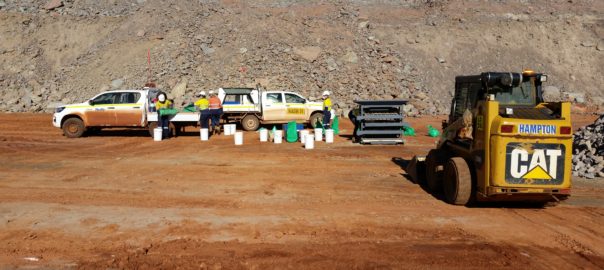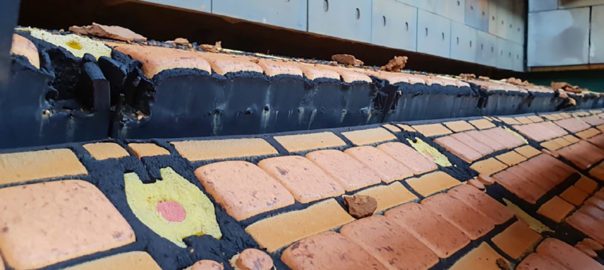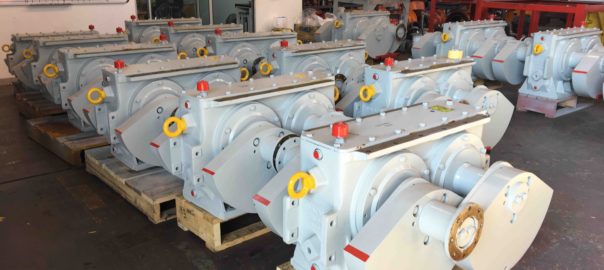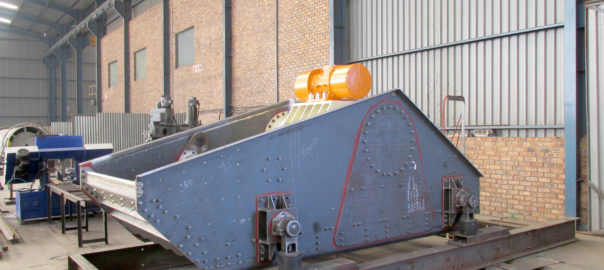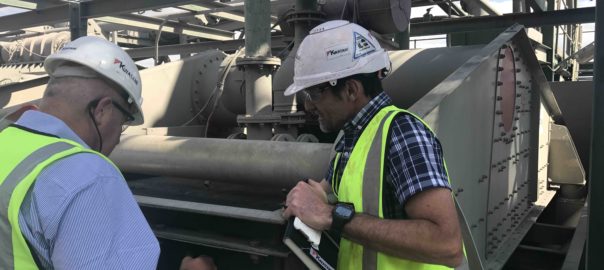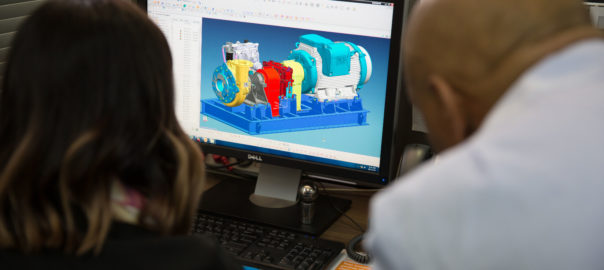Superior Industries has added KeepMining™ to its long list of distribution partners, with the Singapore-based company to represent Superior’s growing line of crushing, screening, washing and conveying equipment in several countries throughout Southeast Asia.
The pact will see KeepMining hold the distributor mantle in countries including India, Indonesia, Japan, Philippines, Vietnam, Thailand, Myanmar, South Korea, Malaysia, Nepal, Cambodia, Laos, Singapore, Bhutan and Brunei.
“Together, the employees of KeepMining have a lot of experience in the Southeast Asian mining and quarrying markets,” Jeff Steiner, Superior’s Territory Manager in the region, said. “They have aggressive plans for supplying and servicing customers and we look forward to growing our businesses together.”
KeepMining already has ties to Caterpillar, Atlas Copco, Liebherr and Yokohama, which equip the company to sell and service earthmovers, dump haul trucks, loaders, scrapers, crushing and screening plants, grinding solutions, washing systems, automation packages, dry bulk storage and handling systems, plus environmental solutions, Superior said.
In addition to its HQ in Singapore, KeepMining operates from additional locations in Malaysia, Indonesia, India and the Philippines.







